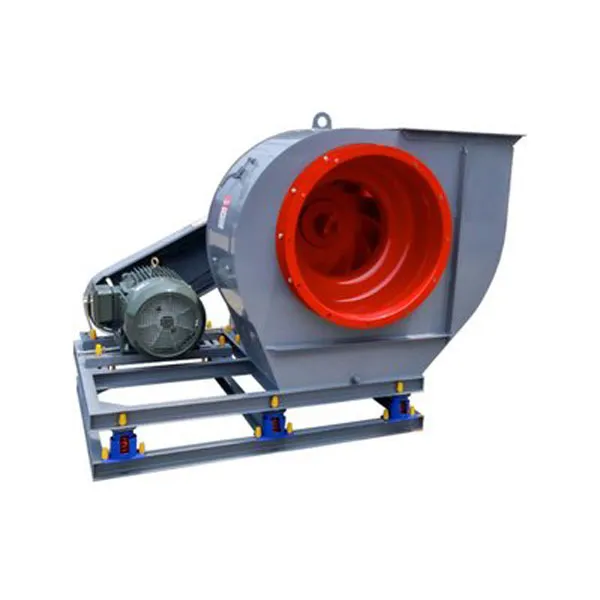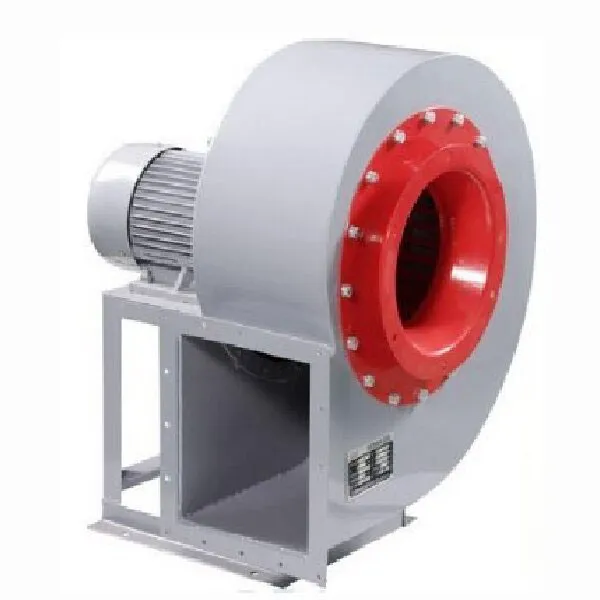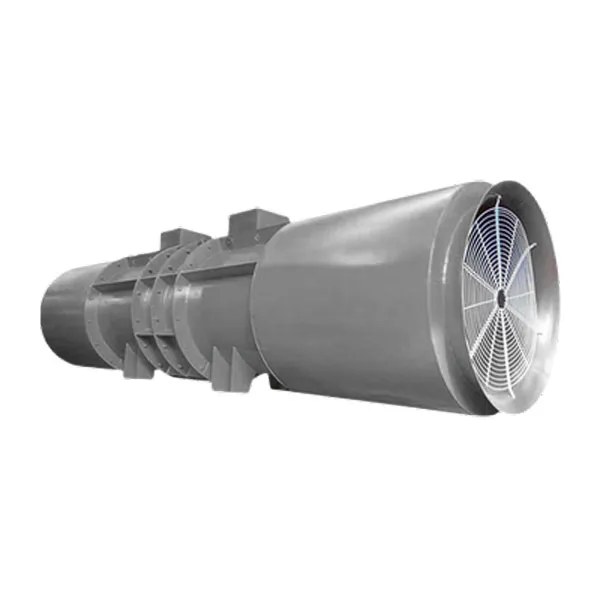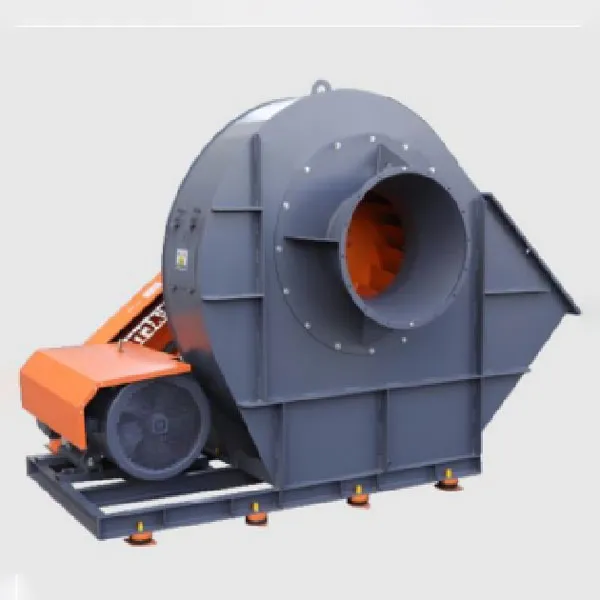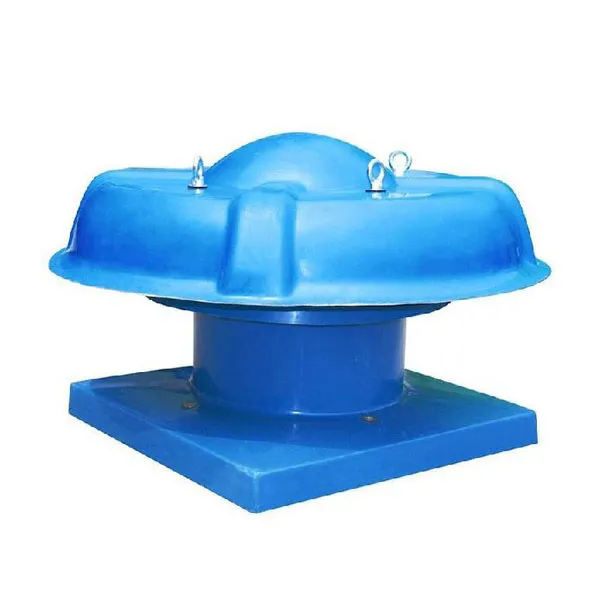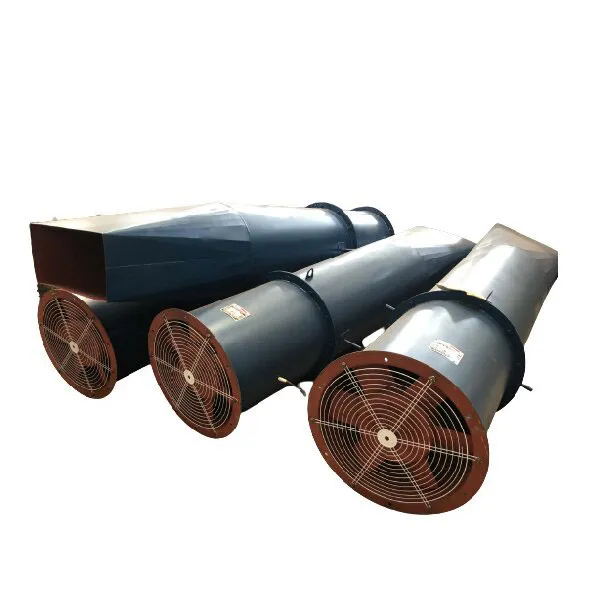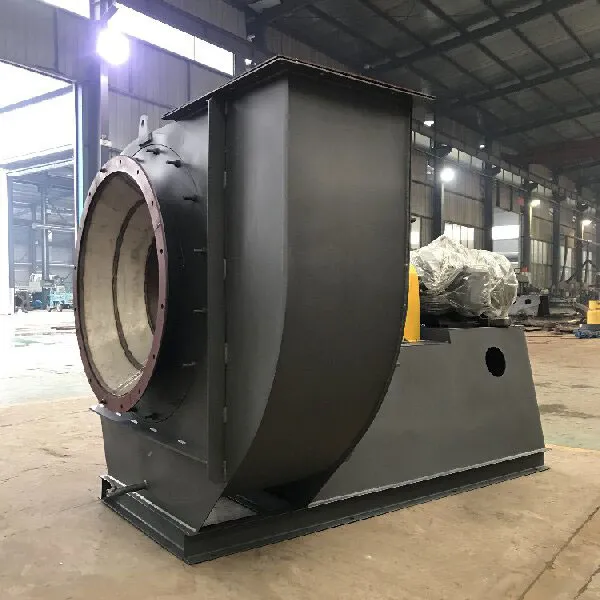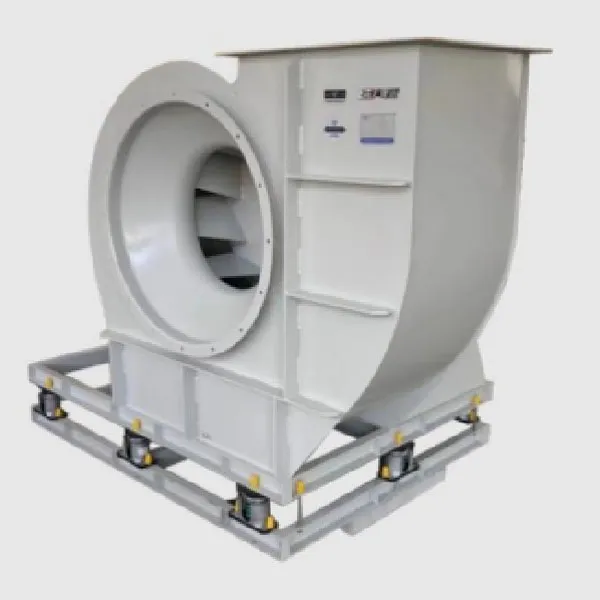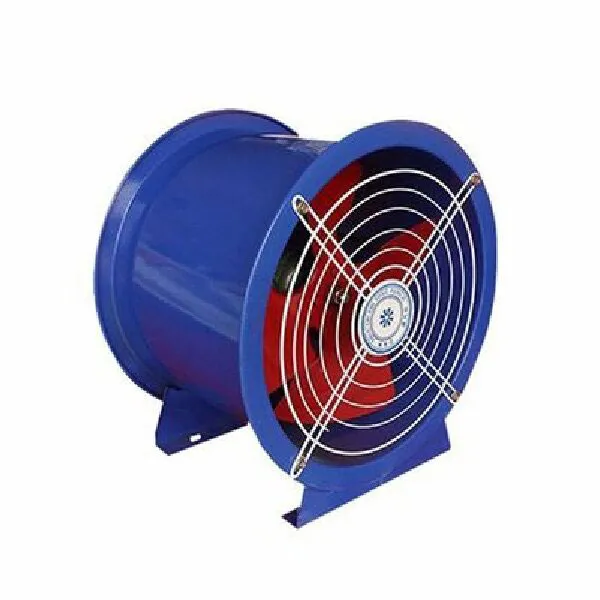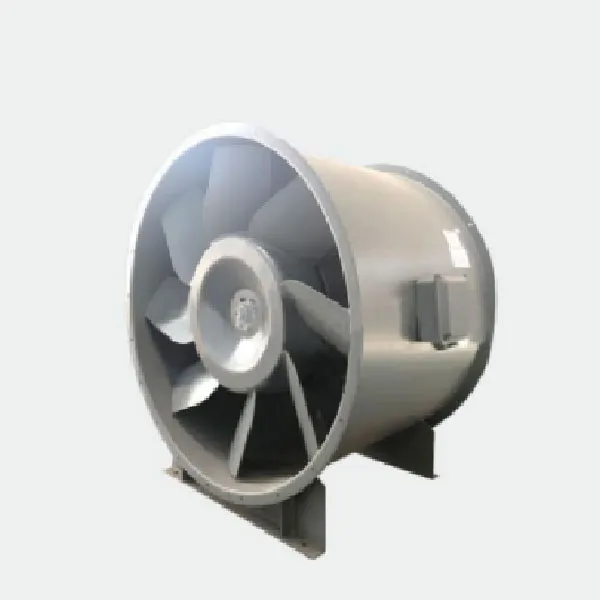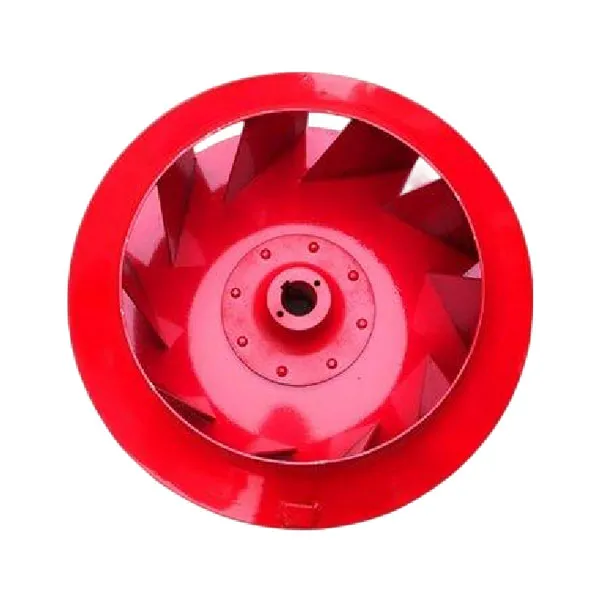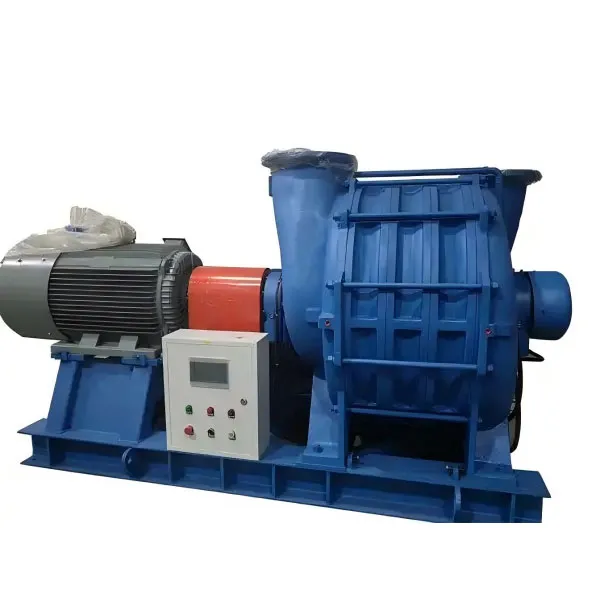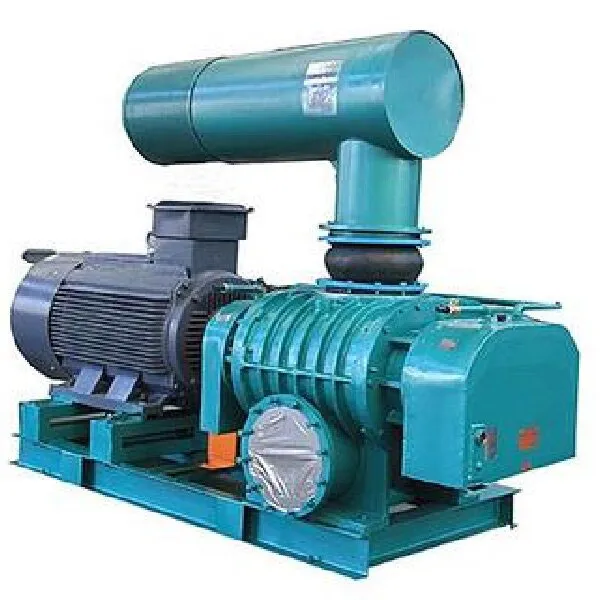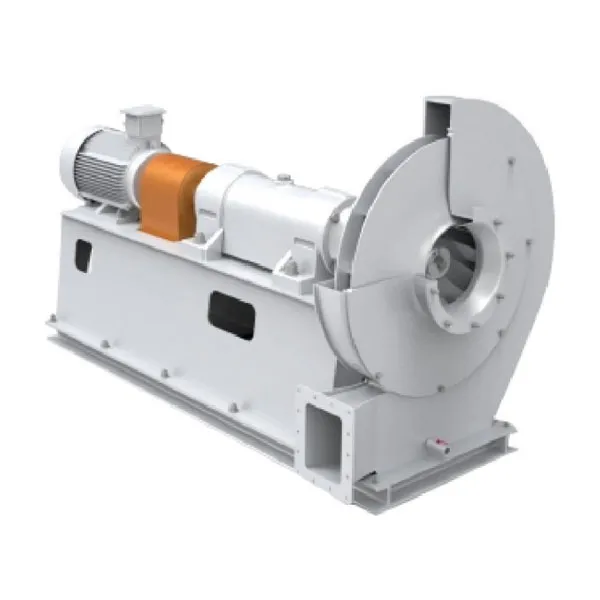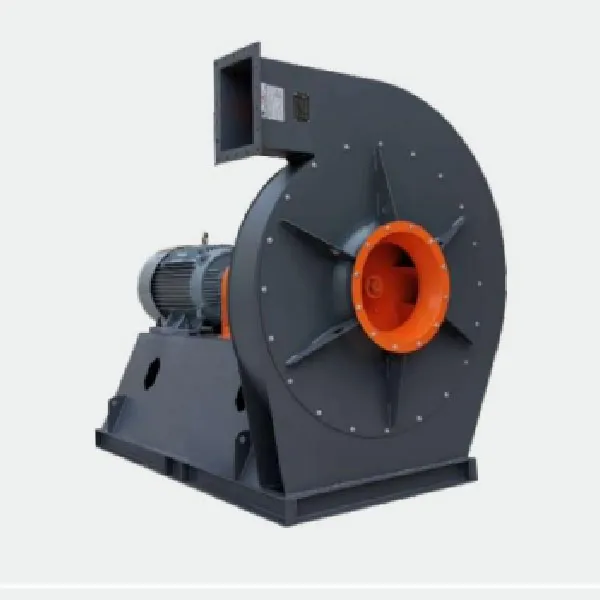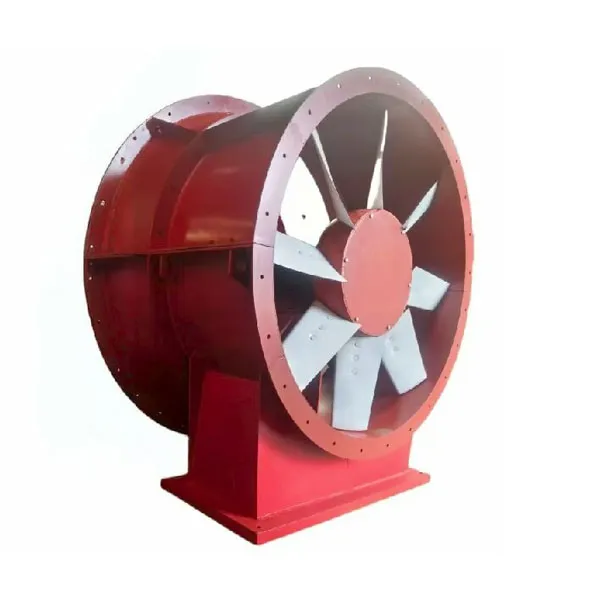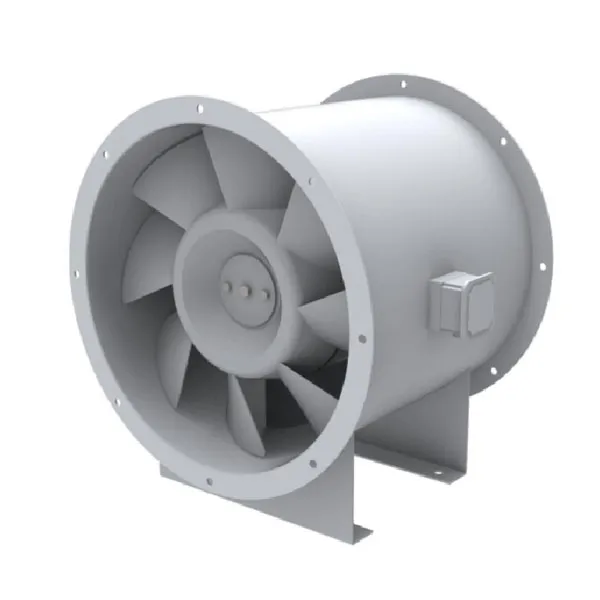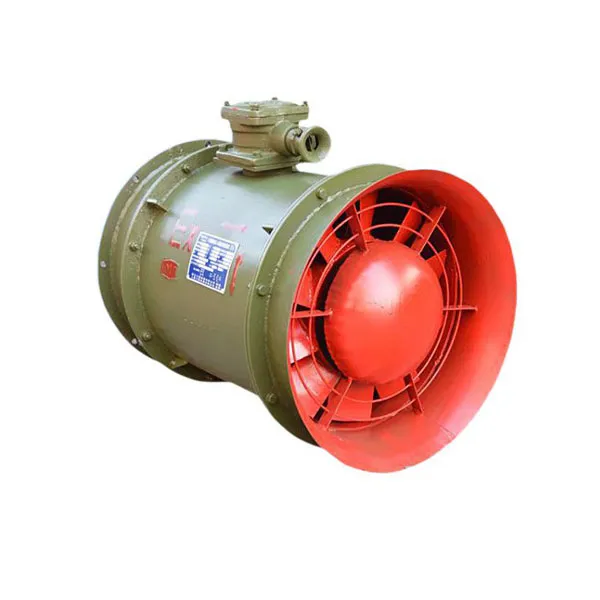*-=-*h1#-=-#The Real Challenge of Low-Noise Axial Fans*-=-*/h1#-=-#*-=-*p#-=-#Low-noise axial fans are touted as the backbone of modern ventilation systems, especially where quiet operation is paramount. However, achieving genuine noise reduction without compromising on efficiency isn't as straightforward as it sounds.*-=-*/p#-=-# *-=-*h2#-=-#Understanding the Fundamentals*-=-*/h2#-=-#*-=-*p#-=-#The first thing to note is that a *-=-*strong#-=-#low-noise axial fan*-=-*/strong#-=-# cannot be created with just high hopes and promises. It’s about marrying engineering precision with practical needs. These fans work by moving air along the axis of the fan, which inherently generates noise due to the turbulence created by blade movement.*-=-*/p#-=-#*-=-*p#-=-#Many jump to the conclusion that simply covering the fan with soundproof materials will do the trick. However, that often leads to efficiency loss. Zibo Hongcheng Fan Co., Ltd., with its broad lineup of over 600 models, including their mining axial flow fans, showcases that real solutions often come from rethinking the design and component materials from the ground up.*-=-*/p#-=-#*-=-*p#-=-#One common approach is optimizing blade geometry. Slight tweaks in angle and curvature can yield significant reductions in noise levels. It’s a nuanced art, balancing fluid dynamics against acoustic engineering.*-=-*/p#-=-#*-=-*h2#-=-#Innovative Applications in Practice*-=-*/h2#-=-#*-=-*p#-=-#In practice, the right balance is usually found in combination with other technologies. For instance, the implementation of variable speed drives can significantly lower operational noise by allowing fans to run at optimal speeds instead of full throttle unnecessarily.*-=-*/p#-=-#*-=-*p#-=-#Take a real-world case: in a recent project involving installation in a hospital setting — where peace and quiet are critical — combining speed control with modified blade designs reduced noise levels by nearly 40%. It wasn’t a straightforward process, requiring several iterations of trial and error.*-=-*/p#-=-#*-=-*p#-=-#When working on such projects, input from acoustic specialists is invaluable. They bring a different perspective that complements the mechanical aspects. Sometimes, a seemingly minor alteration based on their feedback can lead to substantial improvements in overall noise reduction.*-=-*/p#-=-#*-=-*h2#-=-#Challenges and Pitfalls*-=-*/h2#-=-#*-=-*p#-=-#Yet, even with expertise, challenges abound. One major pitfall is the tendency to focus too much on one element, like noise, at the detriment of others such as air flow or energy efficiency. A *-=-*strong#-=-#low-noise axial fan*-=-*/strong#-=-# that doesn’t circulate enough air or draws excessive power is hardly a victory.*-=-*/p#-=-#*-=-*p#-=-#I've seen instances where teams fixed one issue only to create another. Once, on a project incorporating blowers from Zibo Hongcheng Fan Co., Ltd., the preliminary design aimed for ultra-low noise but resulted in insufficient air movement for the application. Adjustments had to be made iteratively, underscoring the necessity of comprehensive testing.*-=-*/p#-=-#*-=-*p#-=-#Moreover, environmental factors can’t be ignored. Variations in atmospheric pressure or humidity, common in mining applications, can alter performance metrics significantly.*-=-*/p#-=-#*-=-*h2#-=-#The Role of Material Science*-=-*/h2#-=-#*-=-*p#-=-#Material selection plays an understated yet critical role. Different materials influence sound propagation; this is where the “stainless steel fans” and “corrosion-resistant fans” from Zibo Hongcheng Fan Co., Ltd. come into their own.*-=-*/p#-=-#*-=-*p#-=-#In corrosive environments, typical materials might corrode and change acoustic properties, affecting noise levels. Hence, opting for specialized materials that can withstand environmental pressures without altering acoustic characteristics is vital.*-=-*/p#-=-#*-=-*p#-=-#The future is likely to see more hybrid solutions, combining traditional materials with cutting-edge composites to strike that elusive balance between noise, efficiency, and durability.*-=-*/p#-=-#*-=-*h2#-=-#Future Directions and Innovations*-=-*/h2#-=-#*-=-*p#-=-#Looking ahead, potential advancements lie in predictive maintenance and smart monitoring systems. These technologies can anticipate when a fan may become noisier due to wear and tear, allowing preemptive repairs or adjustments.*-=-*/p#-=-#*-=-*p#-=-#Zibo Hongcheng Fan Co., Ltd. stands at the forefront, possibly integrating such innovations into their offerings. This proactive approach could redefine standards in low-noise fan operations across various industries.*-=-*/p#-=-#*-=-*p#-=-#All in all, developing a *-=-*strong#-=-#low-noise axial fan*-=-*/strong#-=-# that ticks all boxes is as much a scientific pursuit as it is an art. It requires continuous adaptation and collaboration across different expertise domains. It’s an exciting journey, with endless opportunities to innovate for quieter, more efficient air systems.*-=-*/p#-=-#*-=-*br/#-=-#









